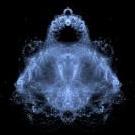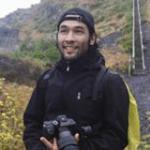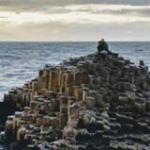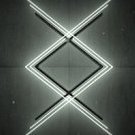Search the Community
Showing results for tags 'rx100'.
-
I just bought a Sony DSC-RX100. After a couple years shooting my personal projects on a Canon 7D, I needed something more compact that I could carry with me at all times, and the Sony DSC-RX100 looked like it could be the one. The great reviews, the ability to shoot 1080p at 50fps with a fast Zeiss...
- 153 replies
-
- rx100
- creative style
- (and 6 more)
-
http://vimeo.com/152159680 For all the slow motion parts I used the RX100 mk4. For the 25fps parts I used a Canon 5D mk2 with prime lenses.
- 16 replies
-
- journalism
- short
-
(and 1 more)
Tagged with:
-
I'm looking at making the switch back to using a compact camera for video. I had an S95 a while back that I shot over 20 music videos with, and got some great results from it. Then I picked up an NEX5N and have already shot over 20 videos with that too, about half of which are still yet to be edited...
-
Hi - I am v. basic photographer but want to learn...mostly travel/family etc...Would love to get a bit more serious and learn about video etc. So...I currently have a Pana LX5 which I find generally nice. I was going to upgrade to the RX100 II to get really great shots in a compact for...
-
New versions of these cameras are expected to be announced tomorrow (27june). http://www.sonyalpharumors.com/sr5-first-images-of-the-rx1r-and-rx100mii-leaked/ I'm for one is really exited to see what innovation Sony have managed to cram into the new RX100 - I dream of no moire, 1,8 constant ape...
-
I know everyone's flipping out about RAW right now, but I thought I would submit my latest real-world work: MTV True Life, I'm Starting a Business with Friends. I shot this whole episode on Sony Rx100's. I wrote a detailed blog post about my shooting and editing techniques. Will post a link to vi...
-
Hello. Thanks to Andrew...his review made me buy the RX100...i am very happy with it! So now i would like the settings to match the GH3 with moderate flat settings for filming. Has anybody tried this out? What are your settings so that in post it is not too hard to match them? I am talkin...
-
A simple idea: dance a Mazurca in some places of our trip to Morocco. Recorded with a Sony RX100 Music by AmoRRomA http://vimeo.com/63613255
-
Hi i am wondering about buying a GH3 it will be used for landscape/nature footage but i am uncertain about how much better the GH3 dynamic range in video mode is? I know that the GH3 is superior in photo mode but how much better is it's dynamic range in video? The GH3 and a decent lens is a large in...
- 27 replies
-
The goal here was to use the Sony RX100's Active Image Stabilization + the plugin Lock & Load to get steadicam-like fluid walking shots without too much CMOS jello wobble or digital zooming on the image. You be the judge... http://vimeo.com/57910477
- 7 replies
-
- camera test
- rx100
-
(and 5 more)
Tagged with:
-
https://vimeo.com/56781551 This nightlife events company flew me to Vegas and let me shoot whatever I wanted for a promotional video for them. Had a pretty awesome weekend and just filmed everything as it developed.
-
Here's part one of a new music promo film I shot in Snowdonia using the FS700. I think there's one shot in there from RX100.Some nice CG in there too! Enjoy! [media]http://www.youtube.com/watch?v=PNGquFXmLOU[/media]
-
[color=#000000][font=Tahoma, Helvetica, sans-serif][size=3][background=rgb(238, 238, 238)] I have succumbed and have an RX100 coming this week to be my B camera to my Sony Nex 5N![/background][/size][/font][/color][color=#000000][font=Tahoma, Helvetica, sans-serif][size=3][background=rgb(238, 238,...
-
Just bought a Sony RX100 (two, actually) and have been trying them out in challenging environments. Here's a quick vid that takes a poetic look at the Hollywood party scene. [media]http://vimeo.com/49147544[/media]
-
Here's a promo shot for about 50 quid of expenses and four days work. All the gear is my own. Particularly impressed by RX100 and the new Magic Lantern 2.3, which on 2.8x bitrate mode lets you get much better high ISO footage. Some of the flame lit shots were at ISO3200, the 100mbps average bi...







